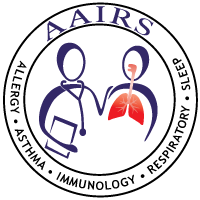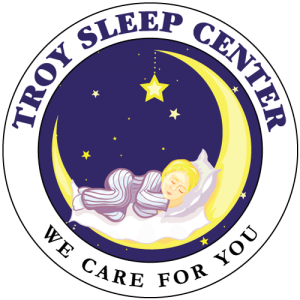This can take the form of an adequate amount of time in bed but loss of sleep time, as seen in sleep apnea (loud snoring, followed by cessation of breathing multiple times throughout the night.) or by narcolepsy (falling asleep briefly many times during the day, sometimes accompanied by cataplexy which is sudden loss of muscle strength brought on by a strong emotional stimulus such as anger, laughter, or fear.)
Another sleep disorder that directly affects nighttime sleep is periodic limb movements of sleep or PLMS (repeated jerking of the limbs, usually the legs during sleep) or Restless Leg Syndrome (RLS). Others have problems falling asleep, staying asleep, or both. This comprises the large category of insomnia.
Other problems evaluated at the Center include sleep walking, grinding of teeth (Bruxism), night terrors, agitation and/or confusional states during sleep (REM behavior disorder) and problems associated with changing shift work or difficulties adjusting to a “normal” day/night schedule (Chronobiologic Disorders).
The key is getting the diagnosis. It is crucial that a patient see a sleep specialist who can determine what is wrong and suggest help for the patient. You would be amazed how a person’s quality of life improves once he or she receives treatment.
Information on Obstructive Sleep Apnea in Adults
It has been estimated that two out of three adult men snore some or all of the time during nocturnal sleep. Following menopause, almost that number of women snore. Of 100 people who snore, approximately one third do not have sleep apnea; one third have mild to moderate sleep apnea; and one third have severe sleep apnea. All people who have sleep apnea snore, but not all people who snore have sleep apnea. Snoring indicates that the airway is not fully open. The distinctive sound of snoring comes from efforts to force air through a narrowed passageway in the throat.
The typical patient with sleep apnea is an overweight middle-aged man who habitually exhibits loud snoring throughout the night. These patients cannot breathe properly in a recumbent position because their upper airway either collapses under its own weight or the tongue and uvula (the small tissue that hangs on the soft palate in the back of the throat) close over the back of the throat causing air to be blocked. The person literally chokes himself or herself at the level of the upper airway.
To break the blockage, the body chooses breathing over sleep, and the person undergoes a brief awakening—usually without awareness—to allow the muscles of the throat to contract and open the passage. This pattern can occur from 5 to more than 100 times per hour. During the time the patient is not breathing, his or her oxygen level falls and carbon dioxide builds up. Because of this constant interruption of sleep, the patient becomes chronically sleep deprived. This deprivation leads directly to daytime sleepiness, which can be severe.
Other consequences of untreated sleep apnea are high blood pressure, heart failure, heart attack, and stroke. Chronic sleep deprivation leads to impaired concentration, poor memory, and a significant increase in automobile accidents and fatalities. Continued weight gain can make the apnea worse over a long period of time. Ingestion of any sedative or tranquilizer including alcohol can turn mild apnea into severe apnea in one night.
One does not need to be overweight, middle aged, or a man to have sleep apnea. Persons with enlarged tonsils, posterior displaced jaws, or masses in the throat can experience the same signs and symptoms that the typical patient described above can exhibit.
Snoring loudly every night calls for a visit to your physician or referral to a sleep specialist connected with a sleep laboratory where overnight studies are performed to evaluate and treat sleep apnea.
Warning signs include:

